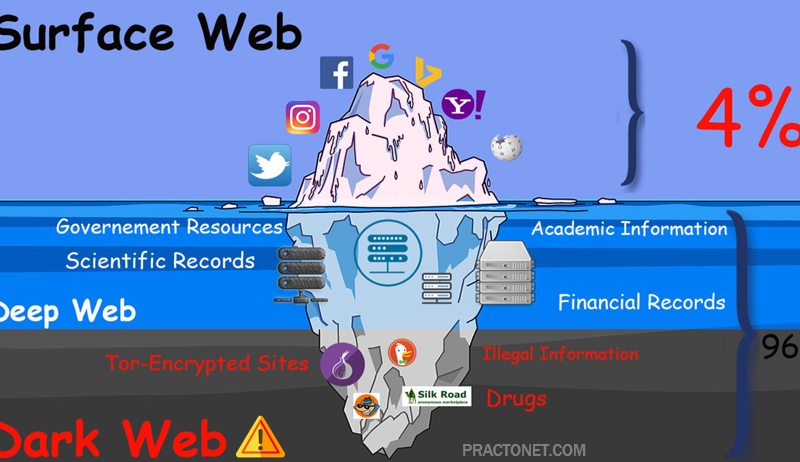Sandboxing is a cybersecurity practice where you run code, observe and analyze and code in a safe, isolated environment on a network that mimics end-user operating environments. Sandboxing is designed to prevent threats from getting on the network and is frequently used to inspect untested or untrusted code. Sandboxing keeps the code relegated to a test environment so it doesn’t infect or cause damage to the host machine or operating system.
As the name suggests, this isolated test environment functions as a kind of “sandbox,” where you can play with different variables and see how the program works. This is also a safe space, where if something goes wrong, it can’t actively harm your host devices.
How Does Sandbox Technology Work?
Sandbox testing proactively detects malware by executing, or detonating, code in a safe and isolated environment to observe that code’s behavior and output activity. Traditional security measures are reactive and based on signature detection—which works by looking for patterns identified in known instances of malware. Because that detects only previously identified threats, sandboxes add another important layer of security. Moreover, even if an initial security defense utilize artificial intelligence or machine learning (signature less detection), these defenses are only as good as the models powering these solutions – there is still a need to complement these solution with an advanced malware detection.
Sandbox Security Implementations
There are several options for sandbox implementation that may be more or less appropriate depending on your organization’s needs. Three varieties of sandbox implementation include:
- Full System Emulation: The sandbox simulates the host machine’s physical hardware, including CPU and memory, providing deep visibility into program behavior and impact.
- Emulation of Operating Systems: The sandbox emulates the end user’s operating system but not the machine hardware.
- Virtualization: This approach uses a virtual machine (VM) based sandbox to contain and examine suspicious programs.
Benefits of Sandboxing
- Does not risk your host devices or operating systems. The main advantage of sandboxing is that it prevents your host devices and operating systems from being exposed to potential threats.
- Evaluate potentially malicious software for threats. If you’re working with new vendors or untrusted software sources, you can test new software for threats before implementing it.
- Test software changes before they go live. If you’re developing new code, you can use sandboxing to evaluate it for potential vulnerabilities before it goes live.
- Quarantine zero-day threats. With sandboxing, you can quarantine and eliminate zero-day threats.
- Complement other security strategies. Sandboxing functions as a complementary strategy to your other security products and policies, providing you with even more protection.





